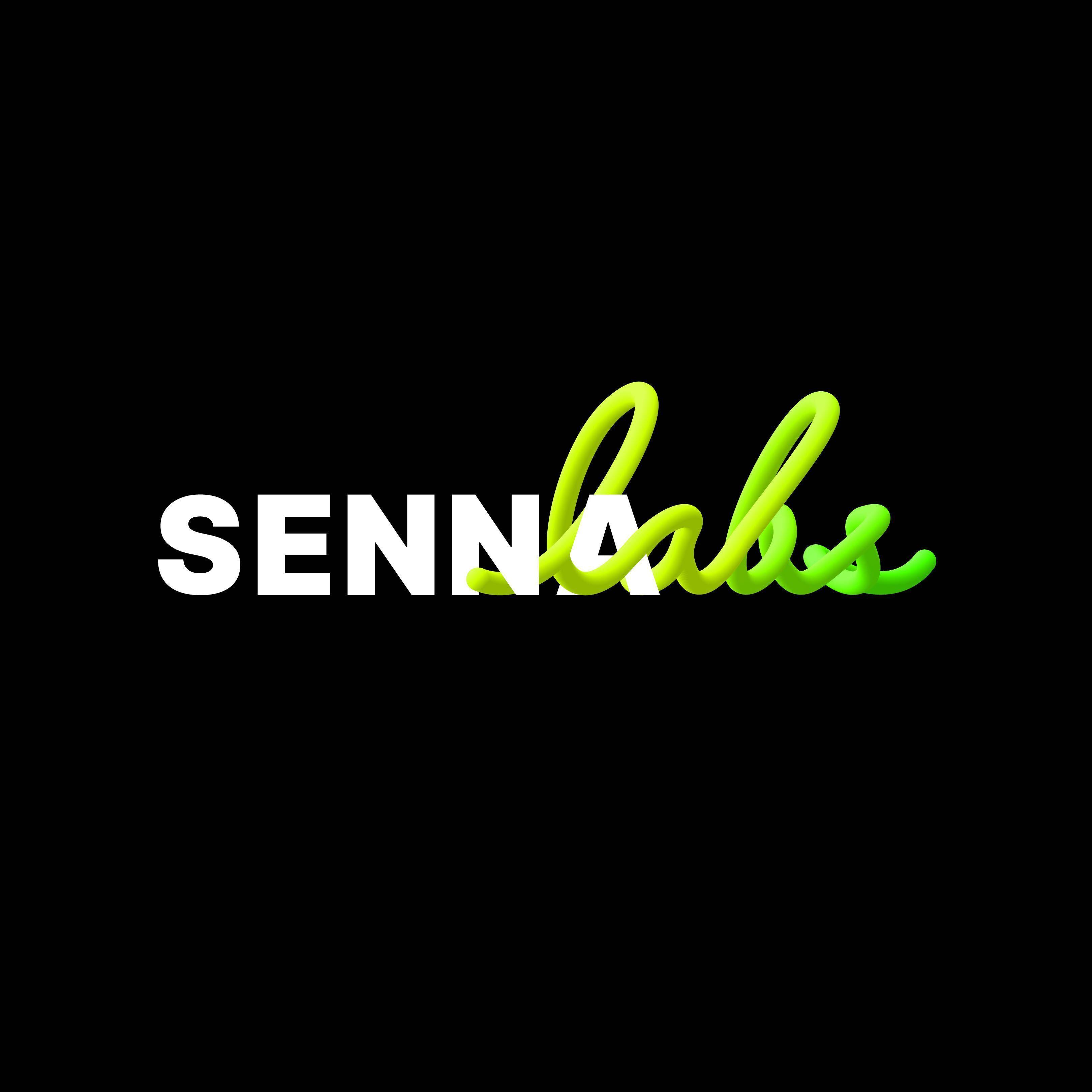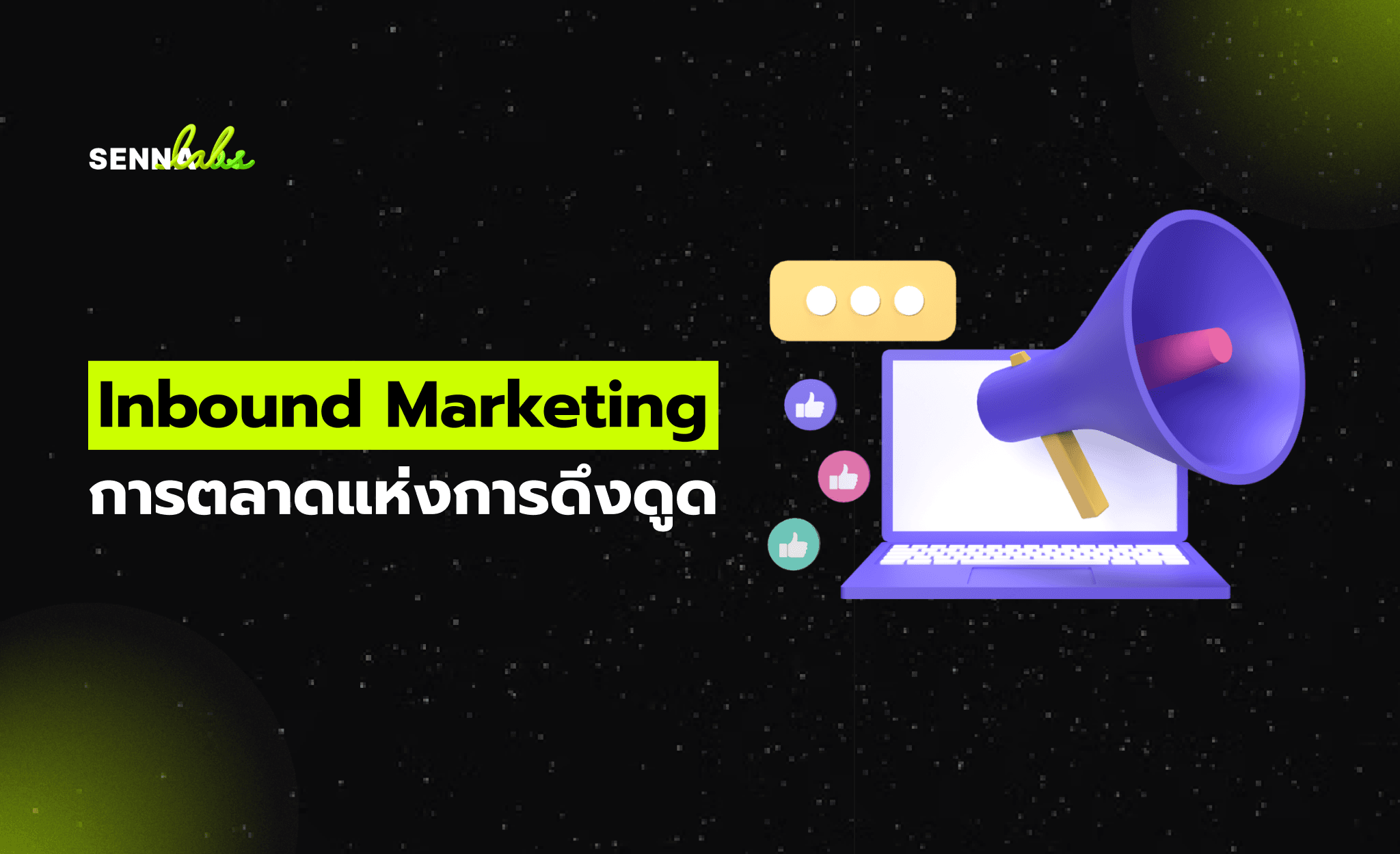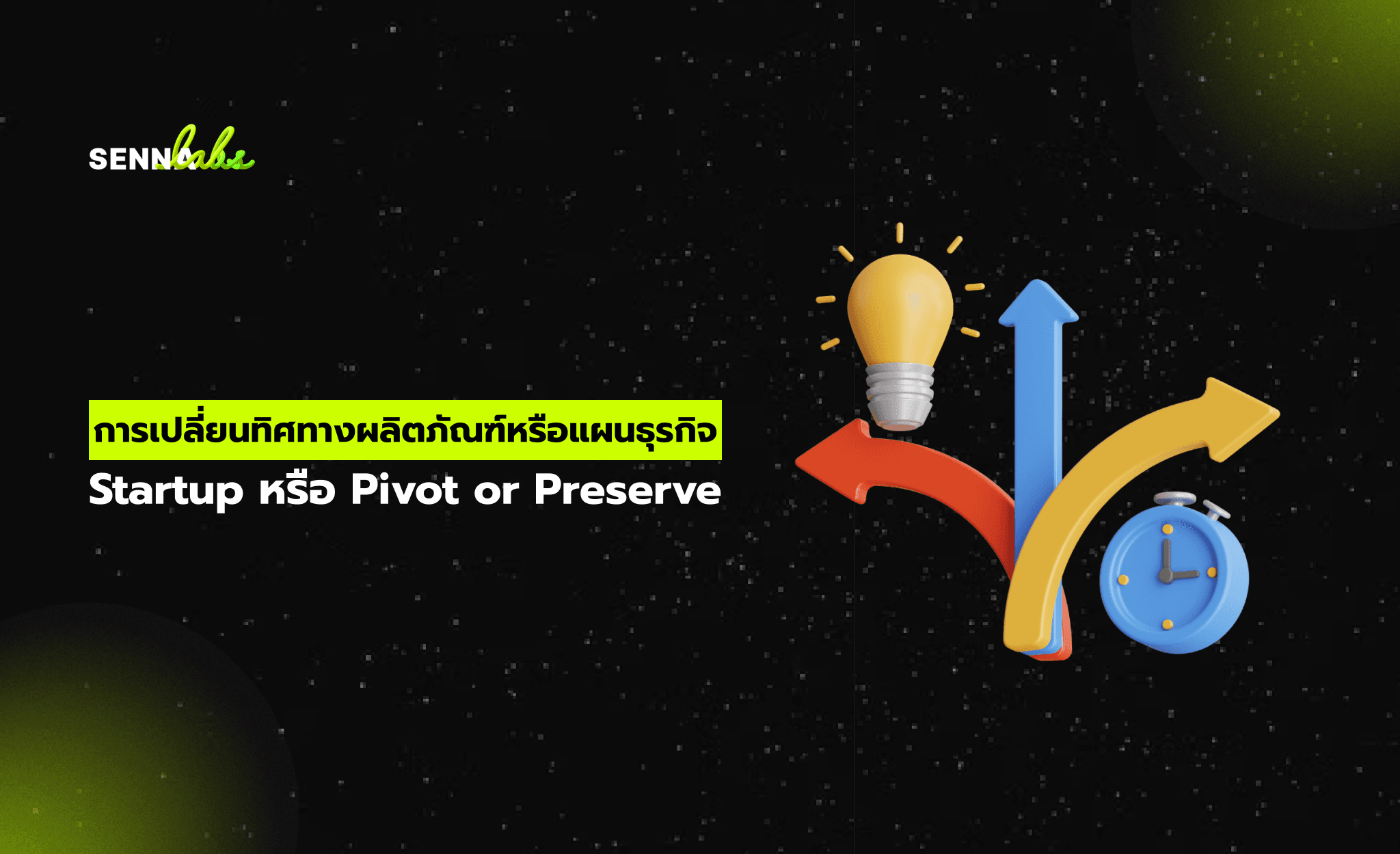Customization vs. Standardization: Finding the Right Balance for Your SME
Share

For small and medium-sized enterprises (SMEs), finding the right balance between customization and standardization is key to achieving operational efficiency while meeting unique business needs. Standardized, off-the-shelf software provides quick implementation and cost savings, while custom-built solutions offer tailored functionality and competitive advantages.
Many businesses, including those in travel, retail, and finance, benefit from using a combination of both—leveraging standardized tools for general operations and custom solutions for differentiation and enhanced customer experience.

This article explores the trade-offs between customization and standardization, using the case study of a travel agency that supplemented a generic itinerary planning tool with a custom AI chatbot for personalized travel recommendations. Their journey highlights how SMEs can strategically integrate both approaches to maximize efficiency and customer satisfaction.
The Challenge: Balancing Efficiency and Personalization in a Travel Agency
A mid-sized travel agency relied on a standardized itinerary planning tool to organize trips, book hotels, and manage flights for clients. While the tool streamlined basic travel logistics, it lacked personalized features that modern travelers expect.
Limitations of the Off-the-Shelf Itinerary Planning Tool:
-
No Real-Time Price Updates – Customers couldn’t receive instant fare changes or dynamic pricing adjustments for flights and hotels.
-
Lack of Personalized Travel Recommendations – The system provided generic package suggestions, failing to match specific customer preferences.
-
Limited Customer Interaction – Travelers had to contact agents via email or phone for itinerary changes, leading to delays and inefficiencies.
-
No AI-Driven Insights – The tool did not analyze past travel history to offer tailored trip suggestions.
As customers demanded more tailored travel planning and real-time assistance, the agency decided to supplement the off-the-shelf tool with a custom AI chatbot that enhanced customer engagement.
The Transition to a Hybrid Approach: Standardized Software + Custom AI Chatbot
To maintain operational efficiency while improving personalization, the agency retained the itinerary planning tool but integrated a custom-built AI chatbot to handle real-time customer queries and personalized recommendations.
Key Features of the Custom AI Chatbot:
-
Real-Time Price Updates – The chatbot monitored flight and hotel prices and sent instant alerts when fares changed.
-
Personalized Travel Suggestions – AI analyzed customer preferences, travel history, and budget to recommend custom trip itineraries.
-
24/7 Customer Assistance – Travelers could modify itineraries, check flight statuses, and get travel tips without human intervention.
-
Seamless Integration with the Itinerary Tool – The chatbot retrieved real-time booking details from the agency’s standard tool, ensuring smooth operations.
-
Multi-Platform Accessibility – Customers could interact with the chatbot via website, mobile app, and social media messaging platforms.
By combining a standardized itinerary tool with a custom AI-driven chatbot, the travel agency increased efficiency while providing a highly personalized experience, leading to higher customer satisfaction and repeat bookings.
Customization vs. Standardization: Key Factors for SMEs
To determine the right balance between customization and standardization, SMEs should consider the following factors:
1. Business Efficiency vs. Personalization
-
Standardized Software: Efficient for routine operations but lacks unique customization options.
-
Custom Software: Provides personalized experiences but requires more development resources.
The travel agency standardized itinerary planning but customized customer interactions through AI-powered personalization.
2. Cost Considerations
-
Standardized Software: Lower upfront costs but may include recurring subscription fees.
-
Custom Software: Higher initial investment but potentially lower long-term costs if well-optimized.
By building only a chatbot instead of replacing the entire system, the agency kept costs manageable while enhancing key services.
3. Integration with Existing Systems
-
Standardized Software: May not easily integrate with third-party tools.
-
Custom Software: Can be designed for seamless API integration with existing platforms.
The AI chatbot was built to integrate with the standard itinerary system, ensuring smooth workflow between the two.
4. Scalability for Business Growth
-
Standardized Software: May not scale well as business complexity increases.
-
Custom Software: Can be expanded with additional features as the business grows.
The chatbot was designed for scalability, allowing future enhancements such as voice assistant integration and automated visa application assistance.
5. Competitive Advantage
-
Standardized Software: Available to all competitors, making it harder to differentiate.
-
Custom Software: Offers unique business value by creating a competitive edge.
The chatbot gave the agency a distinctive advantage over competitors using only generic travel planning tools.
Pros and Cons of Customization vs. Standardization
Advantages of Standardized Software
✔ Lower Cost – More budget-friendly for SMEs.
✔ Quick Deployment – Ready to use with minimal setup.
✔ Vendor Support & Updates – Regular maintenance and security patches.
✔ Reliable Performance – Proven functionality used by multiple businesses.
Disadvantages of Standardized Software
✖ Limited Customization – May not fully meet unique business needs.
✖ Integration Challenges – May require additional tools or workarounds to connect with other systems.
✖ Lack of Competitive Edge – Since competitors use the same software, differentiation is difficult.
Advantages of Custom Software
✔ Personalized User Experience – Tailors features to customer needs and business processes.
✔ Scalability – Can evolve as the business grows.
✔ Competitive Advantage – Provides unique features competitors can’t easily replicate.
✔ Seamless Integration – Built to work with existing tools and processes.
Disadvantages of Custom Software
✖ Higher Initial Investment – Requires development costs.
✖ Longer Development Time – Custom solutions take time to design and test.
✖ Ongoing Maintenance Responsibility – Businesses must handle updates and troubleshooting.
When Should SMEs Use a Hybrid Approach?
A combination of both standardized and custom software works best when:
-
Basic operations can be handled by off-the-shelf tools – If software already exists for general business functions, there is no need to reinvent the wheel.
-
Personalization is a key differentiator – Custom solutions can enhance customer engagement and service quality.
-
Budget constraints exist – Instead of replacing an entire system, a focused custom solution can improve key business functions.
-
Scalability is important – SMEs that plan to expand can start with standard software and add custom features over time.
For businesses in travel, retail, hospitality, and financial services, a hybrid model ensures efficiency while delivering customized customer experiences.
Conclusion:
For SMEs, the decision between customization and standardization depends on business priorities, budget, and long-term goals. While standardized software provides efficiency and cost savings, custom solutions create unique customer experiences and a competitive edge.
For the travel agency in this case study, retaining a standardized itinerary tool while adding a custom AI chatbot resulted in improved efficiency, better customer interactions, and higher satisfaction rates. Their experience demonstrates that businesses don’t have to choose one approach over the other—combining both can provide the best of both worlds.
By strategically integrating standard and custom software, SMEs can optimize operational efficiency while enhancing the customer journey, ensuring long-term success in an increasingly competitive market.

Share

Keep me postedto follow product news, latest in technology, solutions, and updates
Related articles
Explore all


